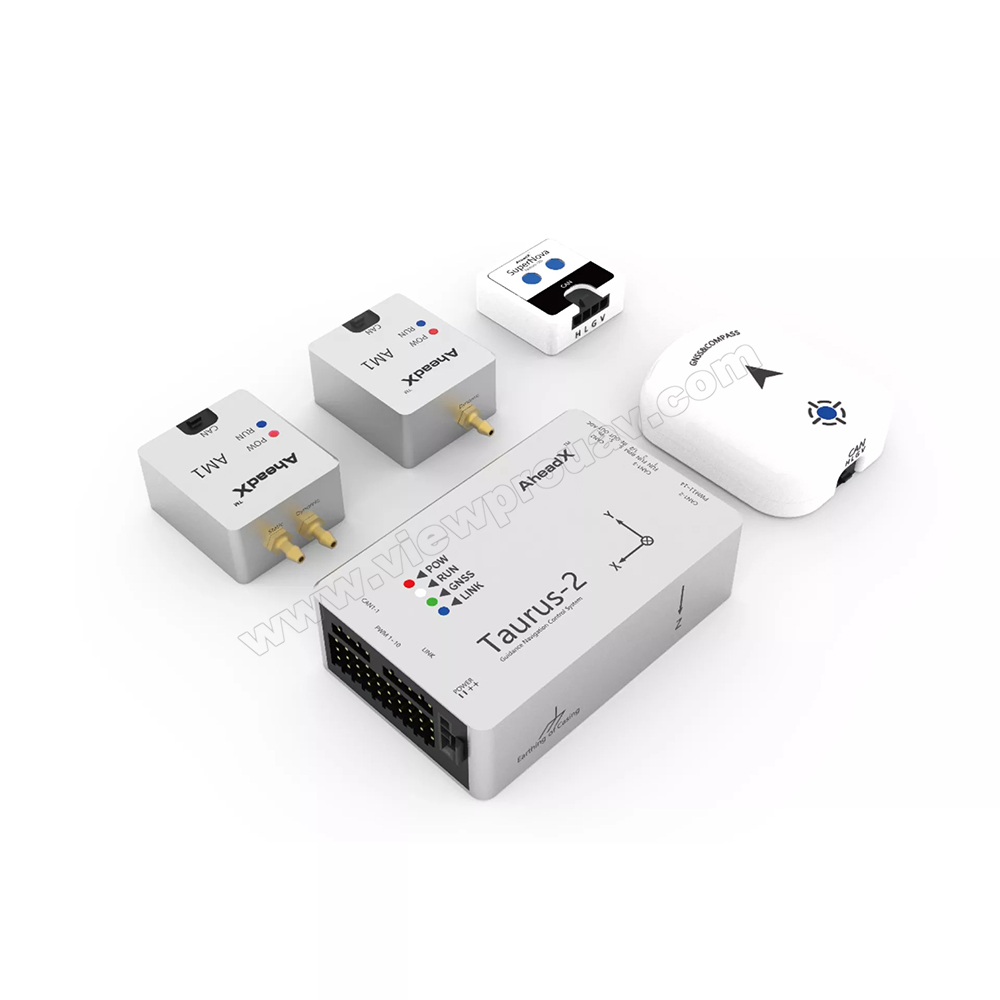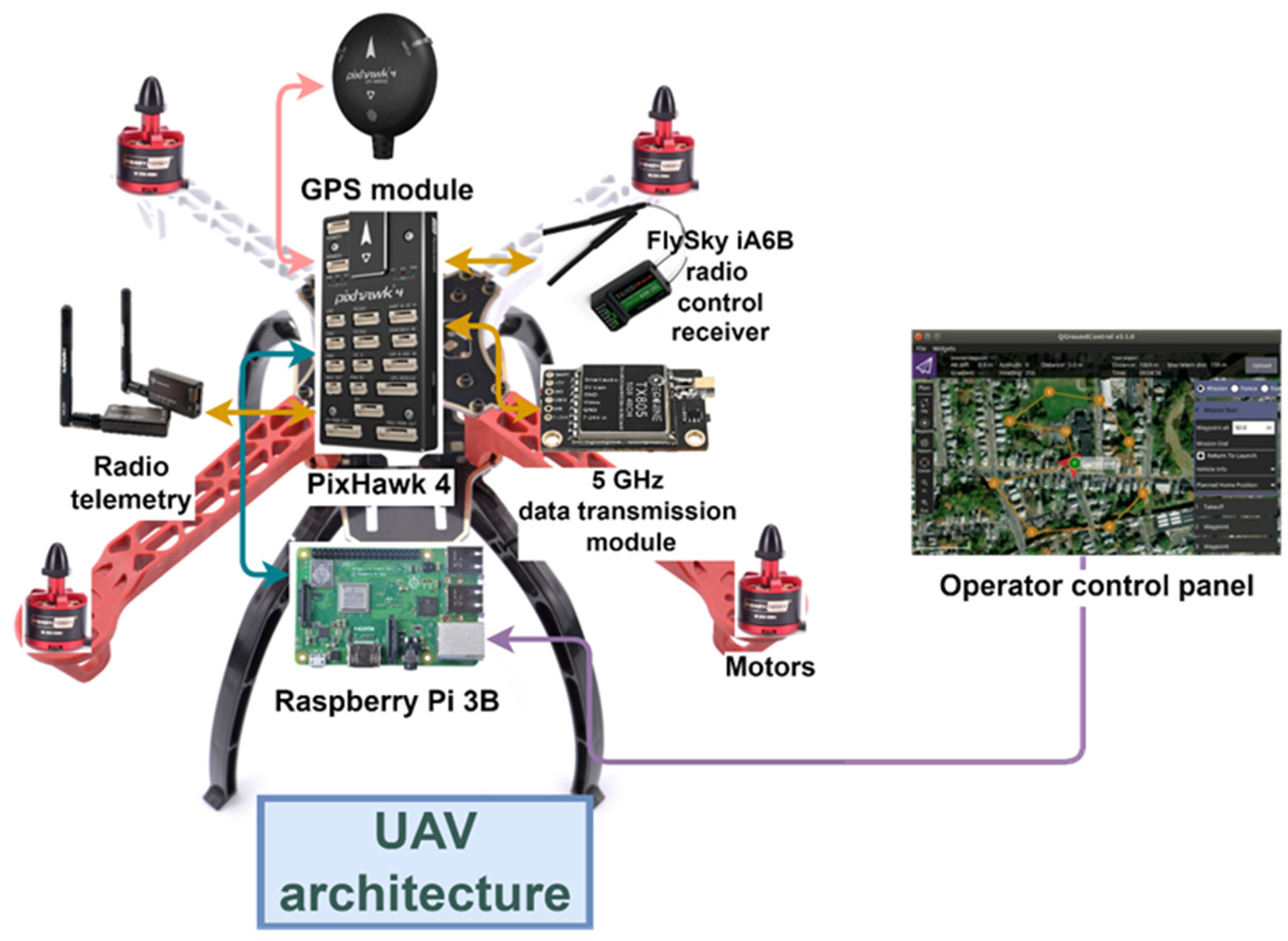Unrivaled Precision: SparkNavi Drone Flight Controller and GNSS/INS Made in Taiwan
Unrivaled Precision: SparkNavi Drone Flight Controller and GNSS/INS Made in Taiwan
Blog Article
Comprehending the Vital Functions and Features of a Drone Trip Controller for Ideal Airborne Efficiency
The flight controller acts as the pivotal part in a drone's design, coordinating its movements and ensuring stability with a sophisticated interaction of sensing units and data handling. Recognizing the essential features and functions of these controllers is important for maximizing aerial performance, as they determine not just navigational accuracy but also overall security and dependability. With advancements in modern technology, the landscape of flight controllers is quickly progressing, prompting a better assessment of what truly defines ideal functionality in this essential system. What implications do these developments hold for both lovers and professionals in the field?
Introduction of Trip Controllers
When checking out the globe of drone technology, recognizing flight controllers is vital for both hobbyists and professionals alike. Trip controllers work as the mind of the drone, orchestrating its motions and ensuring stability during trip (SparkNavi drone flight controller and GNSS/INS made in taiwan). They process information from numerous sensors, consisting of accelerometers, gyroscopes, and measures, to preserve stability and react to pilot inputs successfully
The style of flight controllers can vary dramatically, ranging from basic versions created for entry-level drones to sophisticated systems equipped with innovative attributes for expert applications. The combination of GPS capacities allows exact navigating and positioning, while programmable firmware permits individuals to customize flight characteristics to fit their certain needs.
Additionally, flight controllers are critical in facilitating communication in between the drone and the push-button control, allowing real-time adjustments and telemetry data transmission. Understanding the different types of flight controllers, consisting of multi-rotor, fixed-wing, and crossbreed systems, is essential for picking the suitable design for an offered application. Eventually, an extensive grasp of flight controllers not just enhances the flying experience yet also makes best use of the performance and safety and security of drone operations.
Key Features of Trip Controllers
Trip controllers play a crucial role in managing a drone's flight characteristics by implementing several key features that make sure stability and responsiveness. Among the primary features is the stabilization of the drone's positioning and altitude. This is attained via the assimilation of different sensors, including gyroscopes, barometers, and accelerometers, which constantly keep an eye on the drone's setting and activity.
.png)
An additional essential feature is the processing of control inputs from the pilot or self-governing systems. The flight controller analyzes these inputs and readjusts the drone's electric motor speeds as necessary to attain the preferred flight course. This includes managing yaw, pitch, and roll, which are essential for ability to move.
Additionally, trip controllers are outfitted with reliable mechanisms. These features are made to respond to important circumstances, such as reduced battery levels or loss of signal, by launching predefined activities like going back to the launch point or floating in position.

Necessary Features to Take Into Consideration
When picking a drone trip controller to ensure ideal efficiency and integrity,Countless crucial functions should be taken into account. One crucial element is the controller's processing power, which establishes its ability to handle complex trip formulas and real-time information handling. A greater processing capacity improves responsiveness and stability throughout flight.
One more crucial attribute is the variety of sustained trip modes. A functional trip controller should use a knockout post different modes, including acro, altitude hold, and GPS-assisted modes, catering to different pilot ability degrees and functional scenarios. Additionally, the visibility of integrated security features, such as fail-safes and geofencing, can dramatically boost operational safety and security.
Compatibility with different interaction protocols is additionally important, as it makes certain smooth combination with various other gadgets and peripherals, such as remote controllers and telemetry systems. Furthermore, the controller's firmware have to be user-friendly and frequently upgraded to include brand-new attributes and optimizations.
Assimilation With Sensing Units and Systems
A flight controller's performance is heavily affected by its capability to integrate with different sensing units and systems. This integration is essential as it makes it possible for the flight controller to obtain real-time data necessary for efficient flight monitoring. Key sensors consist of GPS, inertial dimension systems (IMUs), barometers, and magnetometers, each giving vital details regarding the drone's positioning, position, and altitude.

Additionally, progressed trip controllers support integration with payload systems, including video cameras and other top article sensing units, enabling boosted capabilities such as autonomous navigating and challenge avoidance. This interconnectedness not only boosts the drone's functional capabilities yet also expands its application potential throughout different markets, from airborne digital photography to farming monitoring. Thus, a well-integrated flight controller is basic for achieving optimum airborne efficiency and making certain the dependability of drone procedures.
Tips for Optimizing Efficiency
To optimize the performance of your drone, a number of vital approaches can be utilized that focus on optimizing both equipment and software program parts. Make certain that the trip controller firmware is up to day.
Following, adjust your sensing units, including the accelerometer and gyroscope, to ensure precise analyses. Correct calibration lessens drift and improves flight stability, especially during complicated maneuvers. In addition, consider upgrading the equipment elements, such as props and electric motors, to enhance drive and effectiveness. Top notch props can reduce drag and boost trip time.
Adjust your trip setups, including PID (Proportional, Indispensable, Acquired) worths, to achieve smooth and responsive handling. By carrying out these strategies, drone operators can dramatically boost aerial performance, leading to a much more effective and enjoyable flying experience.
Conclusion
In verdict, a complete understanding of drone trip controllers is vital for boosting aerial efficiency. By prioritizing these components, operators can significantly raise the performance and reliability of their drone systems in varied applications.
Flight controllers offer as the brain of the drone, orchestrating its motions and ensuring stability throughout flight.Trip controllers play a critical function in why not check here taking care of a drone's trip characteristics by executing numerous key features that make certain stability and responsiveness. The flight controller analyzes these inputs and adjusts the drone's electric motor rates accordingly to accomplish the preferred flight path.Various essential attributes ought to be taken right into account when choosing a drone trip controller to ensure optimum efficiency and dependability. Hence, a well-integrated trip controller is fundamental for accomplishing optimal aerial efficiency and ensuring the integrity of drone procedures.
Report this page